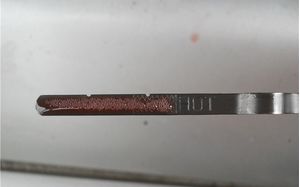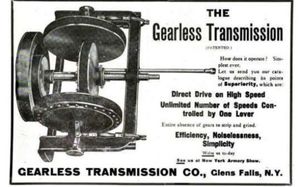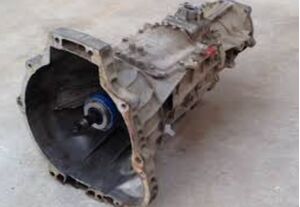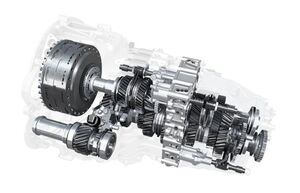RE:BUILDERS blog categories
Technical Transmission General
General Transmission issues are varied and may include several causes and ways of treatment. Transmission experts share their knowledge and provide useful tips for the industry people to follow.
Automatic transmission is currently installed on a large number of cars, but drivers are divided in their opinions about it. Some agree that it is extremely convenient, others say that it is more trouble than good. In particular, the claims relate to very expensive repair rates, because certainly, just as any other engineered element, it sometimes fails.
Nowadays, there is still no ideal solutions on how to transmit torque from the engine to the drive wheels — actually, there’s not even a universal agreement on the best location for the switching mechanism that controls the ratio changes.
Not always bubbles on transmission dipstick are caused by insufficient ATF (transmission oil) level or its overflow. Problem can be more serious. As a rule, this symptom indicates certain
faults in the transmission operation. In
most cases, transmission fluid foaming is caused by abnormal ATF levels, but sometimes it is a result of transmission being damaged badly.
Much like modern automotive trend on shifting from with manual transmissions to more confortable automatics, in the first decade of the last century there was a demand for a semi-automatic transmission that operated without the driver involvement. And automotive engineers of that time had some interesting engineering solutions to offer.
Automatic transmissions have revolutionized the driving experience, providing seamless gear shifting and effortless maneuverability. But have you ever wondered how these marvels of engineering actually work? In this comprehensive article, we will take a deep dive into the inner workings of automatic transmissions
Torque converter tuning is a crucial aspect of optimizing vehicle performance and efficiency. By fine-tuning the torque converter, you can unleash the true potential of your vehicle's powertrain, enhancing acceleration, improving fuel economy, and reducing wear on the transmission.
When it comes to the health of your vehicle's transmission, recognizing and understanding the significance of certain sounds is crucial. Unusual noises can be early warning signs of potential issues that, if ignored, can lead to costly repairs and even transmission failure.
Professional race car owners understand the critical role that automatic transmissions play in achieving optimal performance on the track. Upgrading your automatic transmission can significantly enhance your racing car's capabilities and improve overall performance.
Transmission noise can be a frustrating and concerning issue for vehicle owners. It not only disrupts the driving experience but also indicates potential underlying problems. Addressing transmission noise promptly is crucial to prevent further damage and costly repairs.
A shift kit is an aftermarket upgrade designed to improve the performance and shift characteristics of an automatic transmission. It consists of various components, including valve body modifications, springs, and other hardware, that work together to enhance the shifting process.
Upgrading your transmission can have a significant impact on both the performance and efficiency of your vehicle. By enhancing various components and systems within the transmission, you can optimize its functionality, improve power delivery, and increase fuel efficiency.
When faced with major transmission issues, such as erratic shifting, slipping gears, or transmission failure, car owners are often confronted with a crucial decision: should they opt for a transmission rebuild or a complete replacement?
When it comes to the smooth operation of your vehicle, the automatic transmission plays a vital role. However, like any mechanical component, transmissions can experience issues over time. Being able to troubleshoot these problems is crucial for maintaining the performance and longevity of your vehicle.
Identifying the exact model of an automatic transmission can sometimes pose challenges due to the lack of visible identification markings, faded labels, or variations across vehicle years and trims. In this article, we will explore the common challenges encountered when identifying automatic transmission models and provide effective strategies to overcome these obstacles.
Automatic transmissions reduce the number of cars transmission components, which reduces automatic transmission and transferring engine power to the drivetrain. To improve shifts, one should reduce higher engine speed when torque increases and maintain an optimum RPM. Revolutions per minute (RPMs) are a measure of how quickly your transmission is transferring power from the engine to the wheels.
















